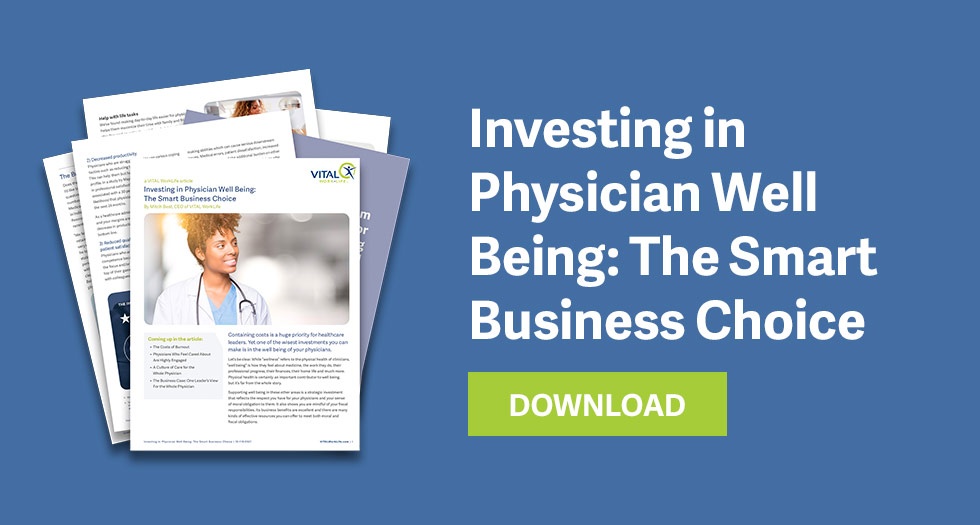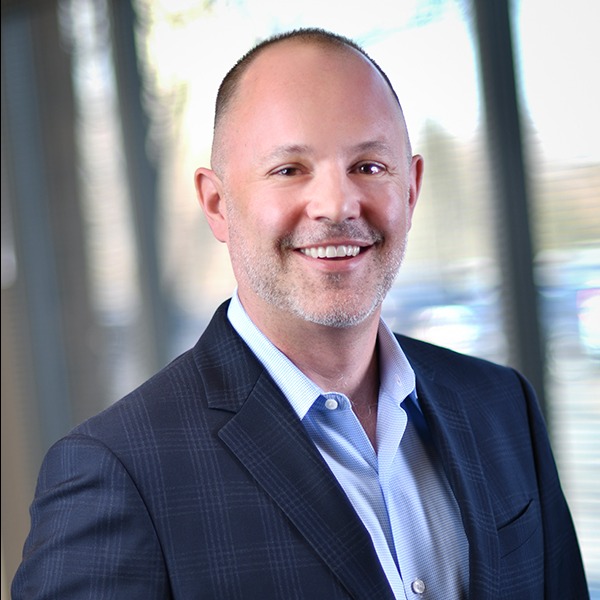When Community Health Network of Indianapolis did a survey of physician engagement in 2017, they got some alarming news: more than 40 percent of their physicians and advanced practice providers were at significantly high risk of burnout.
 “Our network board and executive leadership felt a moral and ethical responsibility as a healthcare organization to support the well being of our physicians and advanced practice providers,” said Kevin Coss, MD, Medical Director for Physician Well-Being at Community Health Network. “Leadership recognized the significant impact of burnout on the ability of our organization to provide high quality, safe, cost-effective healthcare and achieve outstanding patient satisfaction.”
“Our network board and executive leadership felt a moral and ethical responsibility as a healthcare organization to support the well being of our physicians and advanced practice providers,” said Kevin Coss, MD, Medical Director for Physician Well-Being at Community Health Network. “Leadership recognized the significant impact of burnout on the ability of our organization to provide high quality, safe, cost-effective healthcare and achieve outstanding patient satisfaction.”
The organization’s moral and ethical commitments were also a wise business decision. As I point out in our article, "Investing in Physician Well Being: The Smart Business Choice," research shows physicians impaired by burnout, or threatened by it, are at significantly higher risk of medical errors, poor prescribing, sub-par patient interactions and other drivers of patient dissatisfaction—with increased risk of litigation, malpractice suits and damage to the organization’s reputation. Add to that the substantial replacement costs incurred when a burned-out physician cuts hours or leaves and the moral imperative becomes a serious bottom-line issue as well.
COVID-Proven Success
According to Dr. Coss, Community Health Network’s robust commitment to physician well being paid dividends during the most challenging recent period—the height of the COVID pandemic. “Our patient satisfaction scores related to physicians and advanced practice providers increased despite COVID-19 and the challenges it presented to all our caregivers,” he says. “I would like to think this is related to the many resources our Center for Physician Well-Being provided to reduce isolation and support the well being and resilience of our physicians and advanced practice providers during the pandemic.”
Recruitment and Retention
And those resources produced another upside. “I think that our program of well being has certainly been instrumental at recruitment and retention,” says Dr. Coss. Community Health Network had a low turnover rate—4 percent, as compared with 6 to 8 percent in many organizations—prior to instituting its well being program. What the program has done, he says, is help hold that low rate steady since then—during some of the most challenging times in the history of American medicine.
“And our recruiters clearly highlight the fact that we have a Center for Physician Well-Being and Professional Development as a key component to support physicians and APPs within our network,” he adds.
Community Health Network has also offered VITAL WorkLife’s Physician Well Being Resources solution to the independent physicians and APPs on its medical staff. “Again, we felt this was an important responsibility,” Dr. Coss says. “It was extremely well received and reflected our ongoing commitment to their well being.”
For Community Health Network, support for physician well being has proven itself as a win-win-win for providers, for patients and for those charged with controlling costs while providing the best possible care.



